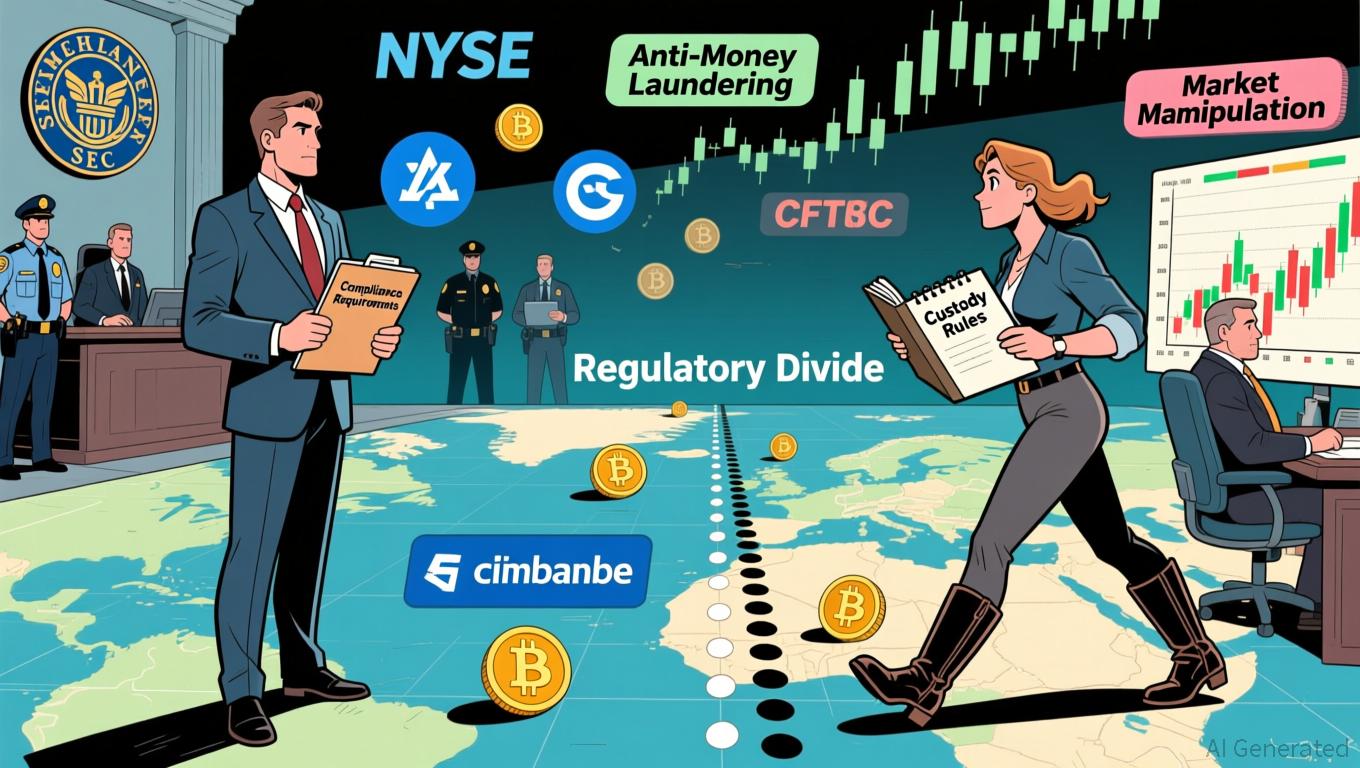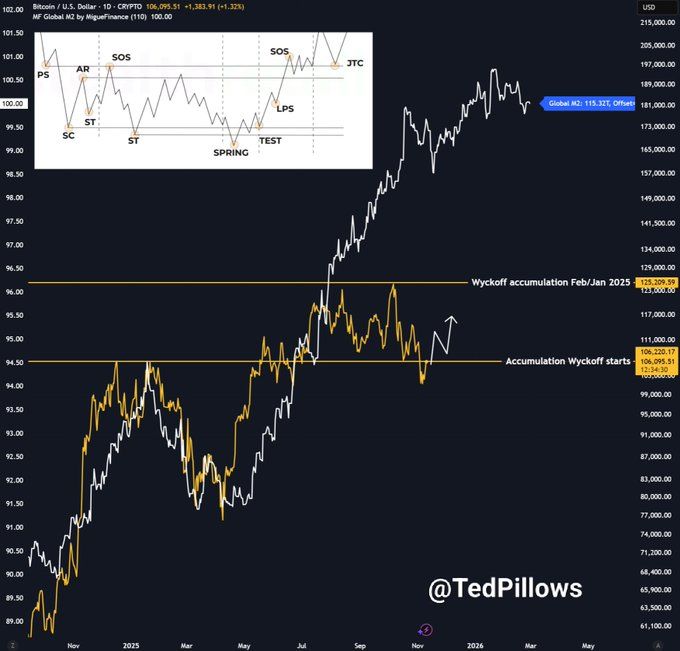Bitcoin Updates: Lawmakers Seek Solution to Ongoing SEC and CFTC Dispute Over Crypto Oversight
- U.S. Congress proposes two crypto regulatory frameworks: CFTC-led commodity model vs. SEC's "ancillary asset" approach, creating dual oversight challenges for exchanges. - Emerging projects like BlockDAG ($435M presale) and privacy coins gain traction amid market rebound, emphasizing utility over speculation post-government shutdown. - Bitcoin exceeds $102,000 with ETF inflows and Ethereum sees whale accumulation, though profit-taking risks and regulatory delays remain key headwinds. - Senate drafts and
The regulatory environment for cryptocurrencies in the United States is at a turning point as lawmakers work to resolve the ongoing jurisdictional dispute between the Securities and Exchange Commission (SEC) and the Commodity Futures Trading Commission (CFTC). Two rival Senate proposals—the Agriculture Committee’s CFTC-led structure and the Banking Committee’s SEC-oriented “ancillary asset” approach—stand to significantly alter how digital assets are classified, how custody is managed, and how exchanges operate. These legislative efforts, along with renewed enthusiasm for new crypto ventures and
The Agriculture Committee’s proposal, spearheaded by Senators John Boozman and Cory Booker, would make the CFTC the main regulator for “digital commodities” and their spot trading platforms. This model draws from established commodity oversight, mandating that exchanges, brokers, and dealers register with the CFTC and comply with rigorous standards for capital and asset custody. While

Market sentiment has improved recently after the conclusion of the 43-day U.S. government shutdown, which had previously dampened risk appetite.
Technical analysis points to ongoing
For those investing in crypto, the balance between regulatory developments, technological progress, and market cycles is becoming ever more important. While the Senate’s proposals are still under debate, the rapid progress of blockchain projects and the durability of privacy coins highlight the industry’s disruptive potential. As the 2025 market cycle unfolds, the ability to adapt to regulatory changes and seize new opportunities may be just as crucial as any on-chain metric.
Disclaimer: The content of this article solely reflects the author's opinion and does not represent the platform in any capacity. This article is not intended to serve as a reference for making investment decisions.
You may also like
Will Bitcoin Price Dip Below $100k This Week?

Uniswap News Today: Uniswap’s Token Burn Approach Boosts Alignment of Interests, Triggers 30% Price Jump
- Uniswap proposes "UNIfication" to activate protocol fees, burn 100M UNI, and restructure governance, sparking a 30% UNI price surge. - The plan includes retroactive token burns, fee discount auctions, and MEV capture to reduce supply and align incentives with token holders. - Governance consolidation under a 5-member board and a commitment to non-monetized tools aim to unify development while facing regulatory scrutiny. - Market optimism reflects demand for treasury fee redirection, though delayed implem

Hyperliquid’s $5m wipeout shows how DeFi vaults can collapse from within

Ether eyes $3,900 as Whales accelerate buying pressure
